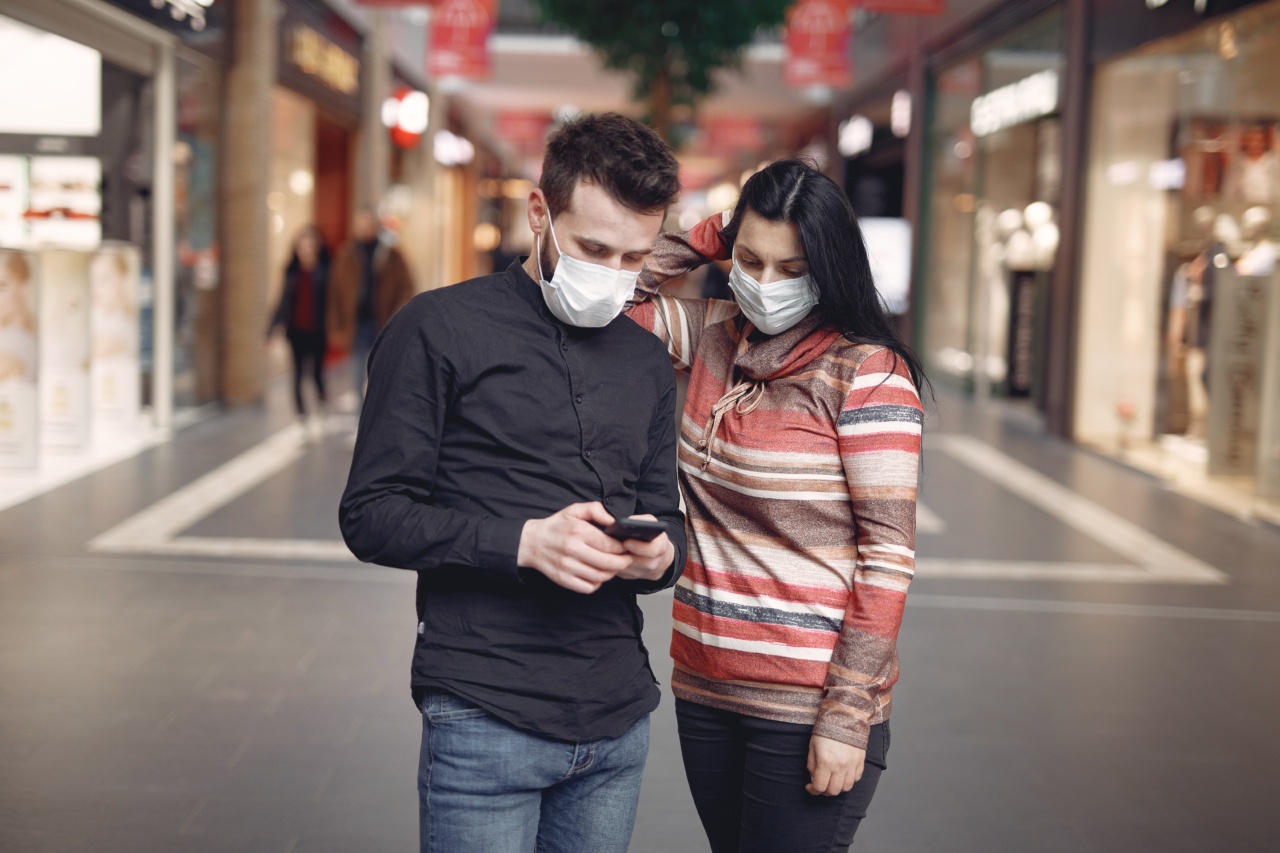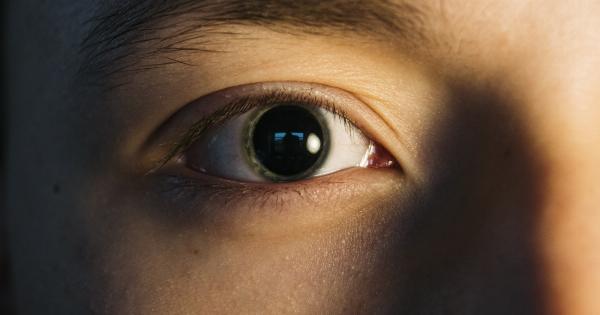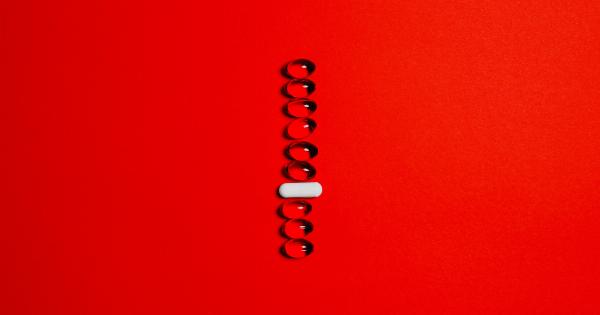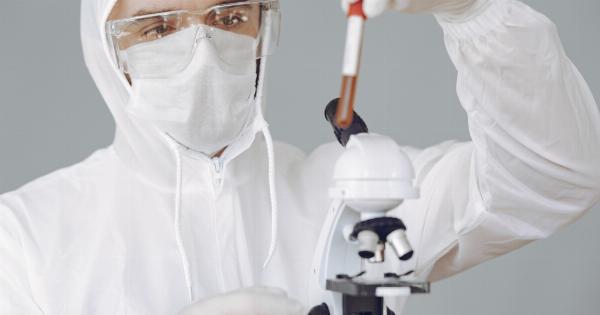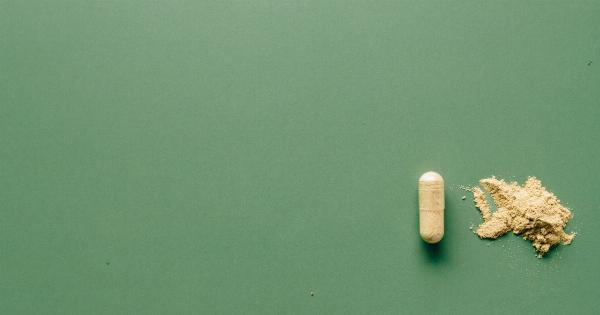Hay fever, also known as allergic rhinitis, is a common condition caused by the immune system reacting to allergens such as pollen, dust, and pet dander. The symptoms of hay fever include sneezing, runny nose, watery eyes, and itching.
While a combination of medication and lifestyle changes can help alleviate the symptoms of hay fever, antihistamines are one of the most effective treatments available.
What are Antihistamines?
Antihistamines are a class of medication that works by blocking the effects of histamine, which is a chemical that causes the symptoms of allergies.
Antihistamines are available in prescription and over-the-counter forms and come in different types such as first-generation and second-generation antihistamines. First-generation antihistamines can cause drowsiness and are more likely to cause side effects compared to second-generation antihistamines.
How do Antihistamines Work?
When allergens such as pollen enter the body, the immune system reacts by releasing histamine, which binds to receptors in the body and causes the symptoms of hay fever.
Antihistamines work by blocking the histamine receptors, which prevents histamine from binding and causing symptoms. Antihistamines can also reduce inflammation and swelling in the nasal passages, which can help relieve congestion and pressure.
Types of Antihistamines for Hay Fever
There are two types of antihistamines available for treating hay fever symptoms: first-generation and second-generation antihistamines. First-generation antihistamines include medications such as diphenhydramine, chlorpheniramine, and hydroxyzine.
These antihistamines can cause drowsiness and are more likely to cause side effects such as dry mouth and urinary retention.
Second-generation antihistamines include medications such as loratadine, cetirizine, and fexofenadine. These antihistamines are less likely to cause drowsiness and are preferred for long-term treatment of hay fever symptoms.
Second-generation antihistamines are also less likely to interact with other medications.
How to Use Antihistamines for Hay Fever
Antihistamines for hay fever are available in different forms such as tablets, capsules, liquids, and nasal sprays.
It is important to follow the instructions on the packaging or the advice of a healthcare provider when using antihistamines for hay fever to avoid overdosing or side effects.
Antihistamines are typically taken once or twice a day depending on the type, dosage, and severity of hay fever symptoms.
Some antihistamines such as cetirizine and fexofenadine can be taken once a day, while others such as loratadine may need to be taken twice a day.
For nasal sprays, it is important to prime the pump before use by spraying into the air a few times to ensure the medication is dispersed evenly.
The nozzle should be inserted into one nostril while the other nostril is blocked with a finger and the spray should be inhaled gently while sniffing.
Precautions When Using Antihistamines for Hay Fever
While antihistamines are generally safe and effective for treating hay fever symptoms, it is important to take certain precautions when using these medications. Some precautions include:.
- Consulting with a healthcare provider before using antihistamines if pregnant or breastfeeding
- Avoiding alcohol and sedatives when taking antihistamines as they can increase drowsiness
- Avoiding driving or operating heavy machinery when using antihistamines as they can cause drowsiness and impair coordination
- Not exceeding the recommended dosage or frequency of use as this can lead to side effects
- Avoiding antihistamines if allergic to them or experiencing severe side effects such as rapid heartbeat, difficulty breathing, and swelling of the lips, tongue, or throat
Conclusion
Antihistamines are a safe and effective treatment option for hay fever symptoms such as runny nose, watery eyes, and itching. Antihistamines work by blocking the effects of histamine, which is a chemical that causes allergic reactions.
Second-generation antihistamines such as loratadine, cetirizine, and fexofenadine are preferred for long-term treatment of hay fever symptoms as they are less likely to cause drowsiness and side effects. Antihistamines are available in different forms such as tablets, capsules, liquids, and nasal sprays, and it is important to follow the instructions on the packaging or the advice of a healthcare provider when using these medications.
